Do you have a question about the MSI MEG Z390 ACE and is the answer not in the manual?
Identifies essential tools and components required for computer assembly.
Guide to CPU notches and golden triangle for correct motherboard placement.
Critical safety and installation guidelines for CPU and heatsink.
Recommendations for installing memory modules in the DIMMA2 slot first.
Guidelines on memory capacity, voltage, and compatibility.
Information on PCIe lane configurations for single and multi-GPU setups.
Advice on using graphics card support and safe installation practices.
Procedure for installing M.2 SSDs into slots M2_1 and M2_2.
Procedure for installing M.2 SSDs into slot M2_3 with SHIELD FROZR.
Explanation of the GAME BOOST knob for manual overclocking stages.
Pinout and connection guide for ATX and CPU power supply cables.
Pinout and function of USB 3.1 Gen1 front panel connectors.
Pin definitions for various fan connectors and their modes.
Procedure for clearing BIOS settings using the CMOS jumper.
Information on connecting 12V RGB and 5V addressable RGB LED strips.
Details on connecting CORSAIR RGB fans and LED strips to the motherboard.
Indicates motherboard debug status for CPU, DRAM, VGA, and Boot.
Displays progress and error codes during POST, with a reference table.
Step-by-step instructions for installing the Windows 10 operating system.
Procedure for installing motherboard drivers and system utilities.
Methods to access the BIOS setup utility.
Steps to restore BIOS settings to factory defaults.
Guide to updating BIOS using the M-FLASH utility.
Procedure for updating BIOS using the MSI Dragon Center software.
Explanation of the EZ Mode interface elements and controls.
Explanation of the Advanced Mode interface and its main menu selections.
Details on SETTINGS, OC, M-FLASH, OC PROFILE, HARDWARE MONITOR, BOARD EXPLORER.
Settings for accelerating system boot times.
Settings for enabling and configuring Windows secure boot.
Adjusting CPU ratio and viewing the resulting frequency.
Settings related to Intel SpeedStep, Turbo Boost, and Enhanced Turbo.
Adjusting CPU base clock and clock generation features.
Configuring DRAM frequency, timings, and enabling fast memory boot.
Steps to enable Intel RST for RAID functionality in BIOS.
Steps for installing RAID drivers during OS installation.
Guide to installing the Intel RST software after OS installation.
Step-by-step guide for installing Optane memory module and BIOS settings.
Procedure to enable Optane memory and critical warnings.
Steps to disable Optane memory via the RST application.
Disabling M.2/Optane Genie and physically removing the module.
Troubleshooting steps for no power or no display output.
Solutions for boot failures, audio, network, and USB device issues.
| Processor socket | LGA 1151 (Socket H4) |
|---|---|
| Processor manufacturer | Intel |
| Compatible processor series | Intel Celeron, Intel Core i3, Intel Core i5, Intel Core i7, Intel Pentium |
| Audio chip | Realtek ALC1220 |
| Component for | PC |
| Motherboard chipset | Intel Z390 |
| Audio output channels | 7.1 channels |
| Motherboard form factor | ATX |
| Windows operating systems supported | Windows 10 |
| Non-ECC | Yes |
| Memory channels | Dual-channel |
| Memory slots type | DIMM |
| Number of memory slots | 4 |
| Supported memory types | DDR4-SDRAM |
| Maximum internal memory | 64 GB |
| Supported memory clock speeds | 2133, 2400, 2666, 2800, 3000, 3200, 3300, 3333, 3400, 3466, 3600, 3733, 3866, 4000, 4133, 4200, 4266, 4300, 4400, 4500 MHz |
| Supported memory module capacities | 16GB |
| PCI Express x1 (Gen 3.x) slots | 3 |
| RAID levels | 0, 1, 5, 10 |
| Supported storage drive types | HDD & SSD |
| Supported storage drive interfaces | M.2, SATA III |
| Parallel processing technology support | 2-Way SLI, 3-Way CrossFireX |
| USB 2.0 connectors | 2 |
| Number of SATA II connectors | 0 |
| Number of SATA III connectors | 6 |
| BIOS type | UEFI AMI |
| USB 2.0 ports quantity | USB 2.0 ports have a data transmission speed of 480 Mbps, and are backwards compatible with USB 1.1 ports. You can connect all kinds of peripheral devices to them. |
| USB 3.2 Gen 2 (3.1 Gen 2) Type-C ports quantity | 1 |
| LAN controller | Killer E2500 |
| Wi-Fi standards | 802.11a, 802.11b, 802.11g, Wi-Fi 4 (802.11n), Wi-Fi 5 (802.11ac) |
| Bluetooth version | 5.0 |
| Ethernet interface type | Gigabit Ethernet |
| Depth | 244 mm |
|---|---|
| Width | 305 mm |
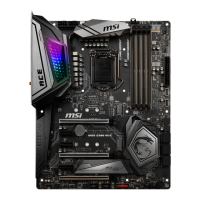
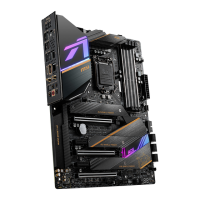

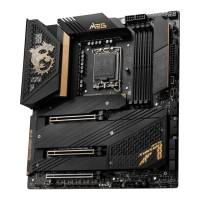
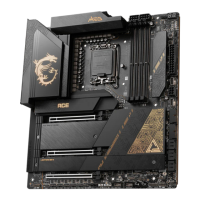
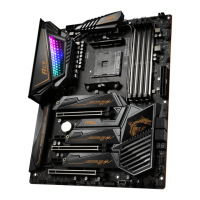
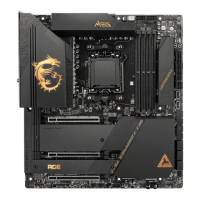
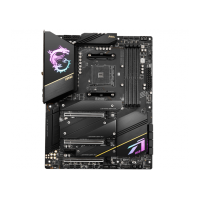
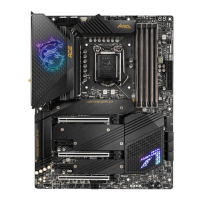
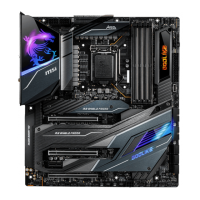

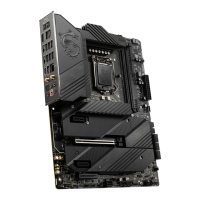
